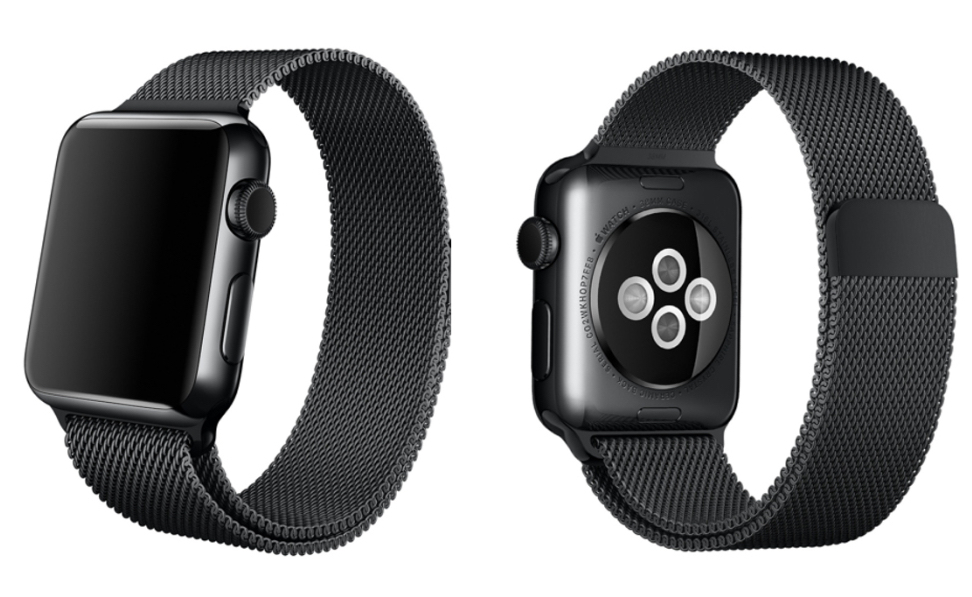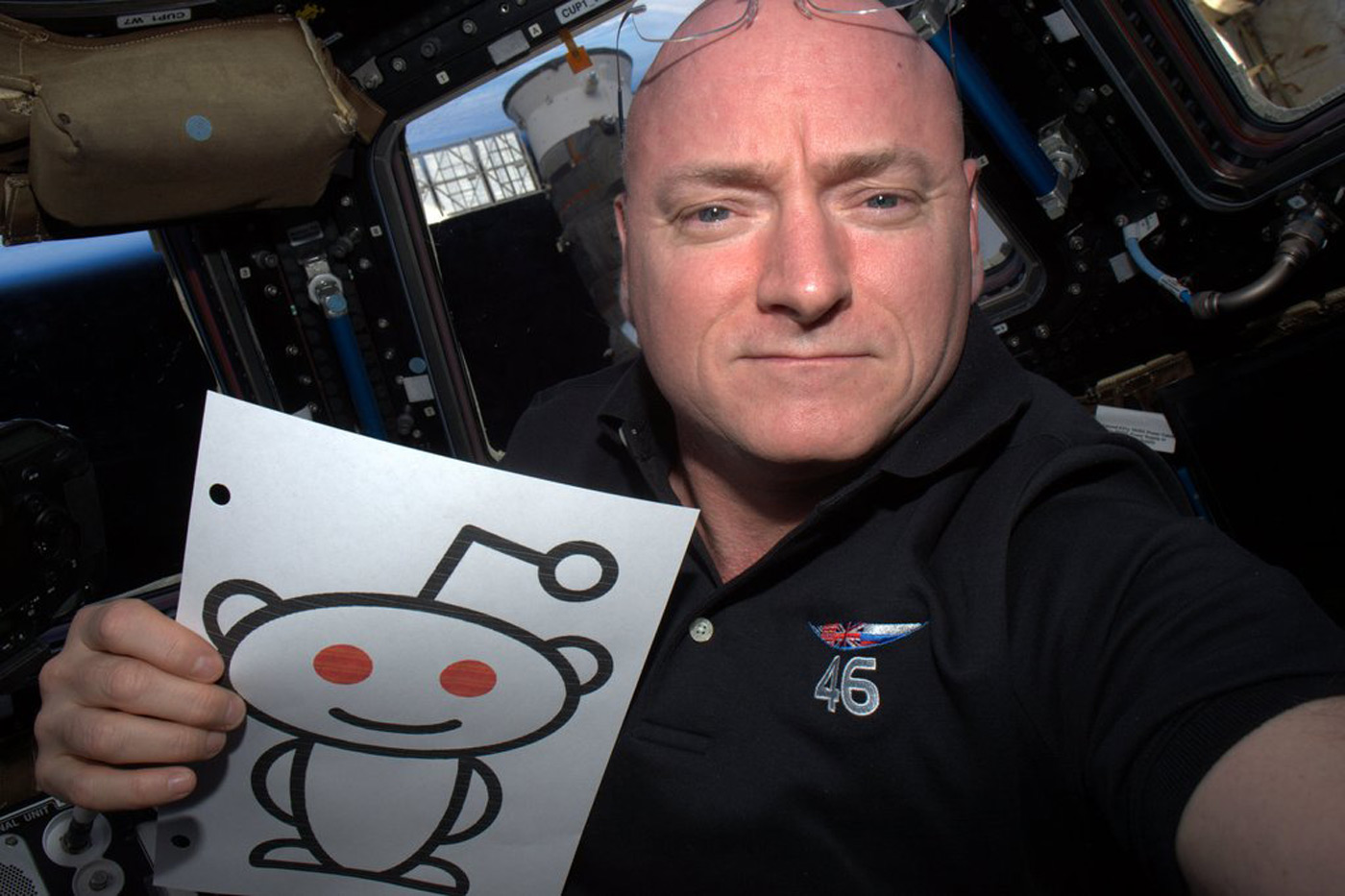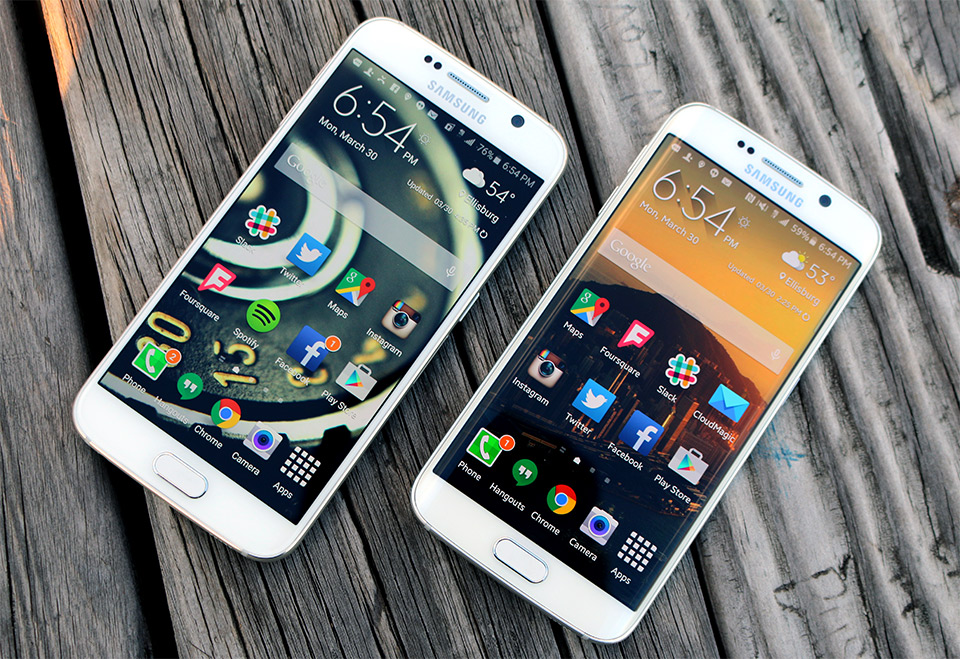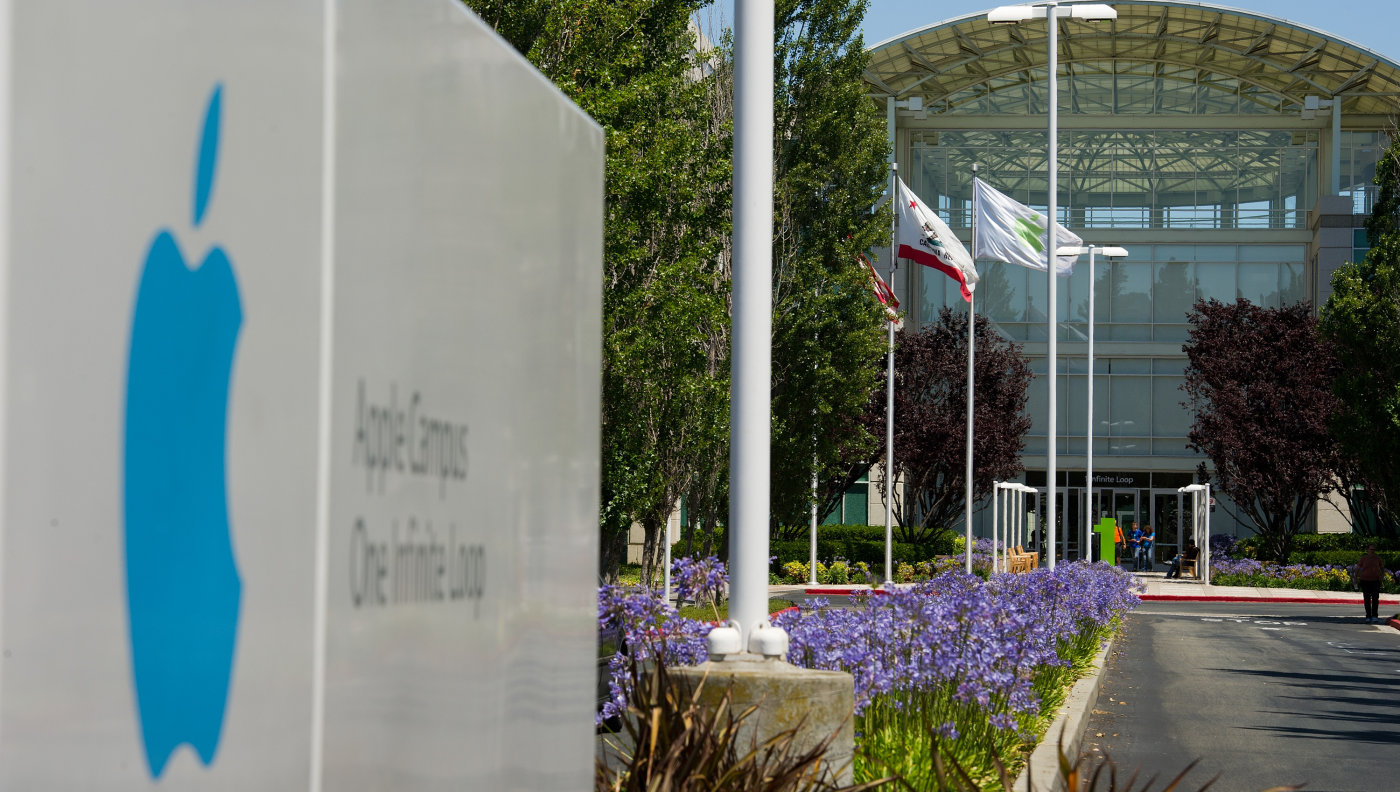In 2008, almost every one of my friends had a BlackBerry, and swore by BlackBerry Messenger (BBM), the company’s lightning-fast messaging app. It wouldn’t be a stretch, in fact, to say that most of my friends bought a BlackBerry just to be able to use BBM. In combination with the world’s fastest hardware keyboard, BBM offered a new degree of speed and utility. Never before could we chat on mobile as quickly as we could IM on desktops.
Five years later, I can’t name a single friend who owns a BlackBerry. Their phones have all been replaced by iPhones and Androids, and maybe a couple Windows Phones here and there. BBM has been replaced by iMessage, WhatsApp, Kik Messenger, and Snapchat. The shift from BlackBerry to newer, more modern platforms is nearly complete. BBM languished as the apps it helped inspire thrived and gained hundreds of millions of users. Yet, BlackBerry just this week launched BBM for iPhone and Android — perhaps its last chance at capitalizing on the brand equity the company once commanded.
BBM IS BLACKBERRY'S LAST CHANCE AT CAPITALIZING ON THE BRAND EQUITY THE COMPANY ONCE COMMANDED
Part of the thrill of 2008 was that all my friends used BBM. Today, the market is much more fragmented — every other country has its own favorite messaging app. And clearly, we have yet to find the perfect, do-all solution. Ten million people have already downloaded BBM on iPhone and Android, perhaps because deep down, we all want BBM to succeed. We all want to use just one app to talk to all of our friends, instead of having to switch between several.
What once made BBM so special was its dead-simple and speedy interface. With a few flicks of the "pearl" or clicks of the keyboard, you could instant message with a friend, or with a whole group of people. Sending images was fast and easy in an age where everyone had no choice but to send slow, low-res "picture messages" via MMS. There were also a variety of innovative mobile-only features, like shared calendars, in a time where apps weren’t yet built with mobile in mind.
BBM for iPhone and Android shares almost nothing with the messaging app I remember from 2008. Its interface now matches the effect of BlackBerry’s BB10 operating system, which means there are slide-out panes and panels abound.
Neither iOS nor Android emphasizes swiping from the edges of your screen to pop out menus, while BB10 does, so the hidden panes on either side feel a bit confusing. Some of the interactions in the app feel like BlackBerry is trying to teach people how to use BB10 within the context of an app on another platform.
Most of BBM’s key features do still exist: one-on-one messaging, group messaging, photo attachments, basic "status" messages you can display like Available and Busy, and even Ping, a functionality I had almost forgotten BBM ever had. With Ping, you can buzz a friend’s phone with just two taps. Only Path has added a similar feature: a "checkmark" button you can tap to instantly buzz a friend’s phone. It’s like a Facebook poke, but with messaging — and is a charming reminder of how useful BBM once was in my daily life. I used BBM so often, in fact, that I had the app mapped to the push-to-talk button on the side of my Blackberry Curve.

But other than its core features, BBM offers almost nothing else. It hasn’t caught up with the times since 2008. It has no stickers, which were popularized by Line, or location-sharing, like in Path or Moped. There’s no video sharing, like on GroupMe or iMessage. You can’t share a contact or calendar event using BBM, as you once could. There are no voice calls, like in Facebook Messenger or Viber, and no video chats, like in Skype. It’s not even easy to add a contact — you need barcodes and PIN numbers, where competing apps offer a more modern "search and add friend" workflow using much more accessible information. Other than the nostalgia it might generate, there are almost no redeeming qualities in BBM.
BBM IS, AT LEAST, STILL FAST
BlackBerry has wisely chosen to place the Send button in the bottom-right corner of the keyboard, so you can very quickly type a line, then fire it away. In most messaging apps like Kik or Google Hangouts, the Send button is located to the right of the text box — a small but important detail. One of the things that made BBM so fast was that the BlackBerry’s Return button, which was next to the space bar, also functioned as the Send button, and this remains the case. In the world of instant messaging, nobody has time for new paragraphs. There’s only time to type, and then send, and then type again. Details like these separate "messaging apps" like Kik from "IM apps." BBM sits firmly in the IM category, but far underneath the apps it inspired.





Post a Comment
EmoticonClick to see the code!
To insert emoticon you must added at least one space before the code.